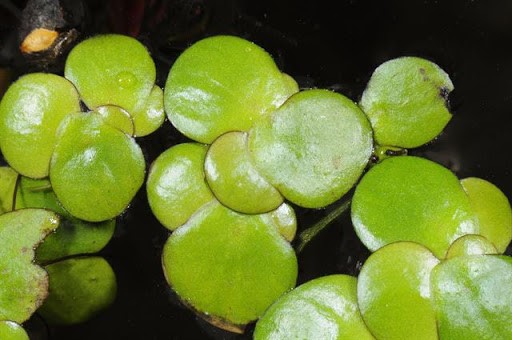Lucija DOMJAN, Jasenka ANTUNOVIĆ DUNIĆ & Vesna PERŠIĆ (Osijek): Cadmium is an oxyphilic and sulfophilic element that forms complexes with various organic particles and thus triggers a wide range of reactions that pose a great risk to aquatic ecosystems. It is highly toxic, with no known biological function. The goal of this investigation was to evaluate the effect of cadmium ranging from 7 to 30 µM, supplied as CdCl2, on the free-floating macrophyte the great duckweed (Spirodela polyrhiza L.). This duckweed is the largest representative of the Lemnoideae sub-family and is widely applied as a model organism in plant physiology, ecotoxicology and bioremediation studies. As all duckweeds, it mostly propagates vegetatively by its meristematic ‘pockets’ at the proximal end of its fronds, and daughter frond(s) remain attached to the parent plant. It is well known that stress results in various damages. This response depends not only on stress intensity and duration but also on tissue type and developmental stage. Most damage-related parameters that can be measured in vivo derive from chlorophyll fluorescence measurements or are in-dicators of chlorophyll content. For this reason, we performed a chlorophyll a fluo-rescence analysis and measurements of respiration and photosynthesis rate of both young and mature plants during short-term exposures to cadmium (6h, 12h, 24h, and 72h). Since the O-J-I-P fluorescence transient reflects the kinetics and heterogeneity engaged in filling up the redox carriers involved in electron transport from PSII to PSI, it can be used as a sensitive tool for investigations of the photo-synthetic apparatus in vivo under different environmental conditions.
Online: link to uniMEET
